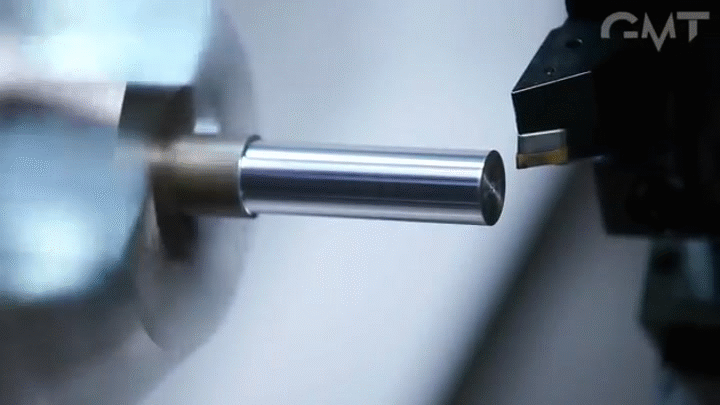In engineering, turning is a process that uses fast rotational movement to cut out an unwanted piece of material. Turning is a process that a machine usually does. Using rapid rotations, you can create a force strong enough to take out unwanted parts. There are several types of turning processes. Which one you use will depend on what has to be taken out.
These are the different types of turning:
Tapered Turning
The first type is called tapered turning. Tapered turning creates a circular or cylinder shaped material by increasing its diameter. Engineers usually use tapering when constructing machines.
Spherical Turning
While tapered turning creates a circle or cylinder shape, spherical turning turns the material into a ball shape.
Hard Turning
Another type of turning is hard turning which turns regular materials into hard materials with Rockwell C hardness higher than 45. Professionals usually do this on materials that have been heated up. It is also a more efficient process that aims to address the weaknesses of grinding.
Parting
This type of turning process refers to cutting off a part of the material. It is done by using the rotational force to crush out parts bit by bit until the big part comes off.
Grooving
Grooving is very similar to parting but it cuts parts to a certain depth before cutting the main part out. It can give more refined grooves as compared to parting.
Boring
Boring refers to making an already existing hole bigger by increasing its diameter through cutting via rotational movement. It aims to make the hole reach a certain diameter.
Drilling
Drilling is the process of creating a hole in a full piece of material. It makes use of the strong steel shape of a drill and the rapid rotational movement that the machine gives. People use drills in various types of jobs in construction, manufacturing, and many more.
Reaming
Reaming is the removal of metals and protruding parts of a hole that’s been drilled. Just like boring, reaming aims to make the hole reach a specific diameter. For instance, when you drill a 5mm hole, you won’t usually get the exact measurement (maybe 4.8mm). By reaming using a 5mm ream, you can make the hole exactly 5mm in diameter.
Polygonal Turning
Polygonal turning is exactly like the other types of turning but with different shapes. While most turning processes aim to make a hole circular, polygonal turning creates various polygonal shapes. These shapes include triangles, squares, hexagons, pentagons, rectangles, and more.
Conclusion
No matter what type of engineering, construction, or other jobs you do that involve tools and materials, you’ll encounter a turning process one way or another. While you can hire someone to do the work for you, it’s always good to know at least the basics of what they do. That way, you can do quick fixes of their existing work in case you want to change something.
The turning processes mentioned above are the most common and basic ones to learn. You’ll discover that these processes can be used in even the most ordinary jobs and fixes.













Comments